Environmental Initiatives
Aiming for a sustainable society,
We deliver products that protect the global environment.
OSP’s Five Environmental Policies
- 1. Developing products that support environmental conservation.
- 2. Implementing measures and developing technologies that help conserve energy and resources and reduce our environmental impact.
- 3. Promoting waste reduction and the recycling of resources.
- 4. Ensuring that all of our employees are informed about and comply with relevant laws, regional agreements, and other requirements.
- 5. Setting environmental objectives and targets, and always striving further improve and prevent pollution.
Environmentally friendly product development
Eco-friendly product development
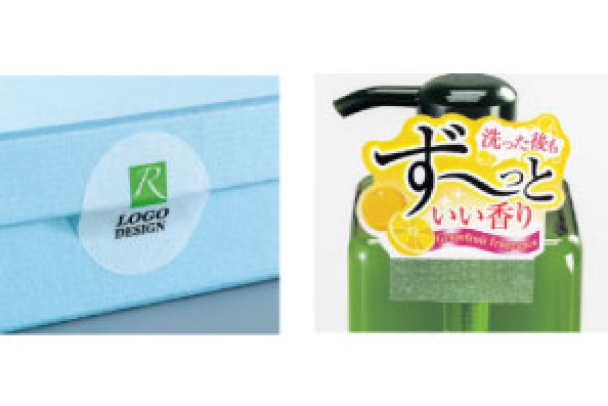
Paper POP Marketing & Clear Paper Seals
This product replaces plastic film with a paper-based material. The most unique feature is that, despite being made of paper, it has the same translucency as plastic film. It helps reduce the excessive use of plastic products.
Learn more about clear paper seals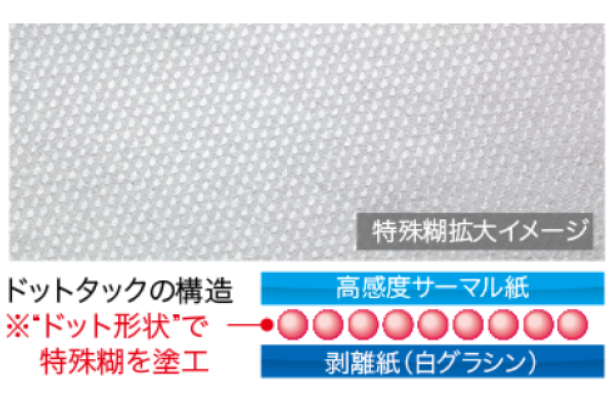
Dot Tack®
The adhesive is applied in a dot pattern, making it resistant to losing its adhesive strength even after repeated sticking and peeling. It uses a special water-based emulsion adhesive that does not contain organic solvents, and the surface is made of FSC® certified paper.
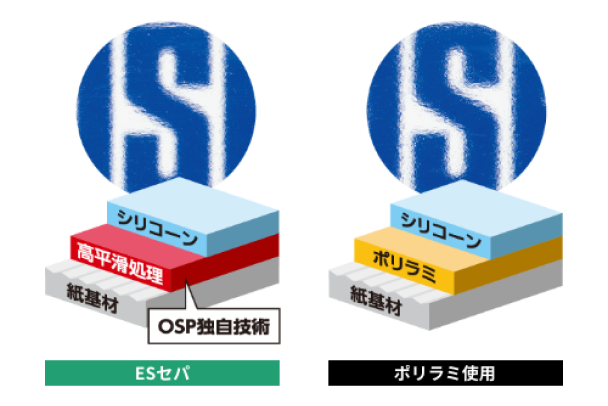
ES Separator
This release paper achieves greater transparency than products using poly-laminate, without using any poly-laminate. It contributes to reducing our environmental impact by reducing plastic usage.
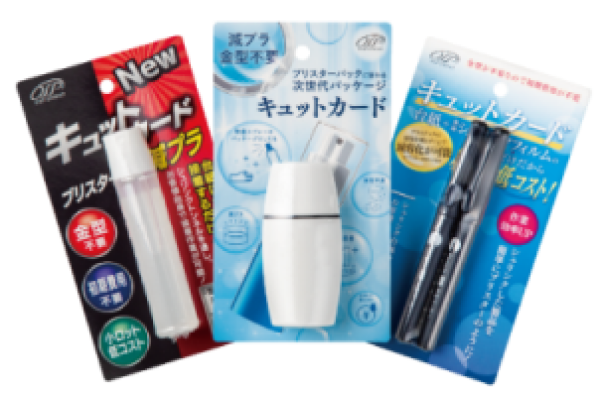
Kyutto Card
This shrink film has a backing card that can be used as a blister pack. It can be produced at a low cost since no molds are required, and it reduces the amount of plastic used compared to blister containers.
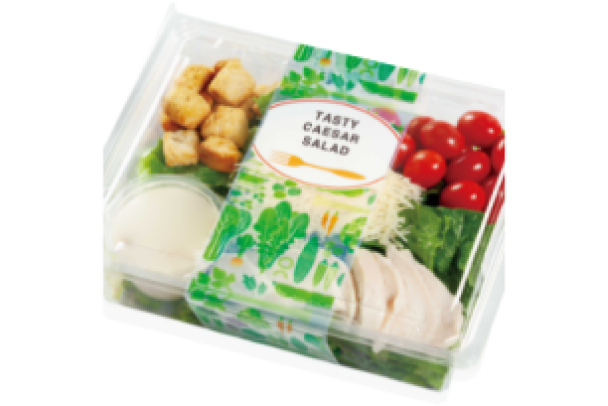
Clear Wrapping
Like the Sepaless Label®, this packaging material has no backing sheet. It allows product labels, sticker labels, and comprehensive display labels to be done on a single piece of clear wrapping, making it easy to separate them for disposal.
Learn more about clear wrapping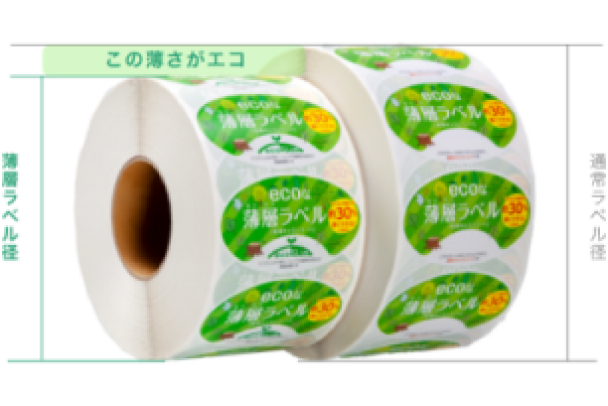
Thin Labels
By thinning the surface paper and backing paper (release liner), the amount of waste can be reduced. Even with the same number of labels, the weight is lighter, which also reduces exhaust emissions during transportation.
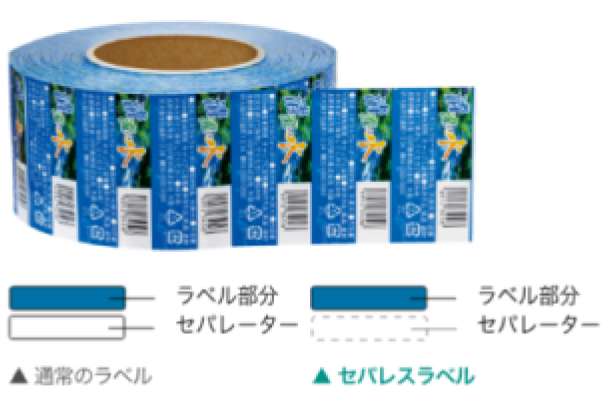
Sepaless Label®
Since no backing paper (release liner) is used, there is no waste generated. Additionally, the same diameter roll can hold approximately 1.5 times more labels compared to labels with backing paper, making it an environmentally friendly sticker and label option.
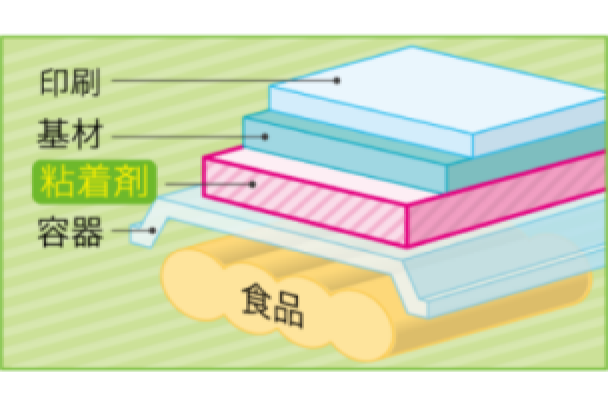
Positive List-Compliant Emulsion Adhesive
This is a tack adhesive for seals and labels that uses an emulsion-type adhesive compliant with the positive list in the Food Sanitation Act. It is a newly developed product aimed at providing safer and more secure products.
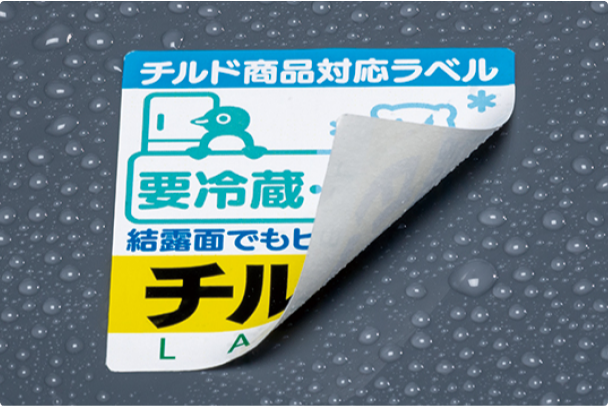
Chillpita
"Chillpita" is a label that can be applied to chilled products prone to condensation. It’s made for chilled products that are temperature-controlled from 0°C to 10°C and can be used from production to sale.
Learn more about Chillpita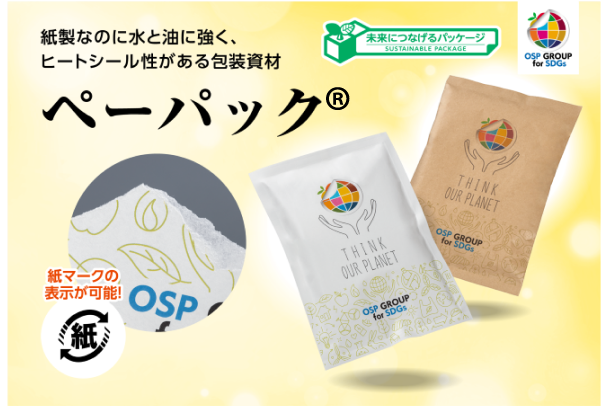
PaPack®
This paper-based packaging material does not use plastic film, has heat-sealable properties, and is resistant to water and oil. This eco-friendly product reduces plastic usage and CO₂ emissions during incineration.
Learn more about Pepack®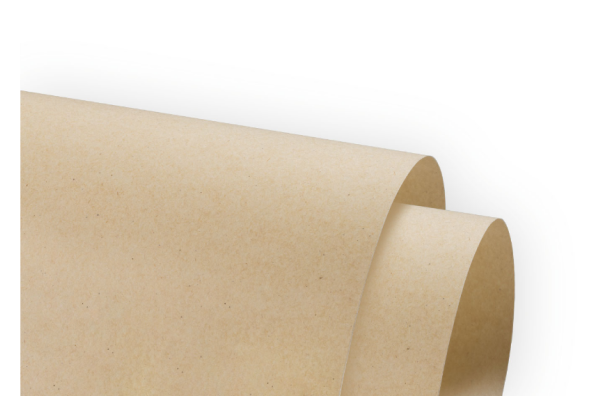
Palmyashix® label
This is Japan's first label made using "Palm Yashix®," a paper produced by pulping palm fronds generated during palm oil production and incorporating them into the raw materials. Palm Yashix® is a paper developed by Crown Package Co., Ltd.
Learn more about Palm Yashix® labels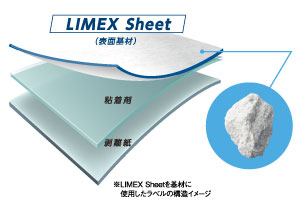
Labels using LIMEX Sheet as the base material
This new label material uses limestone and combines environmental conservation with functionality.
Learn more about LIMEX Sheet-based labels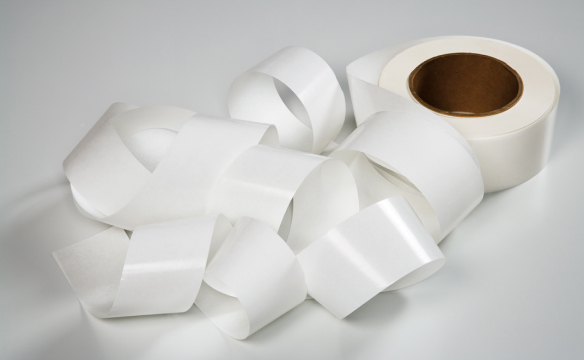
Recycled Release Liner Labels
This eco-friendly product uses 100% recycled paper as the surface material, which is made from sticker and label release liner.
Learn more about recycled release liner labels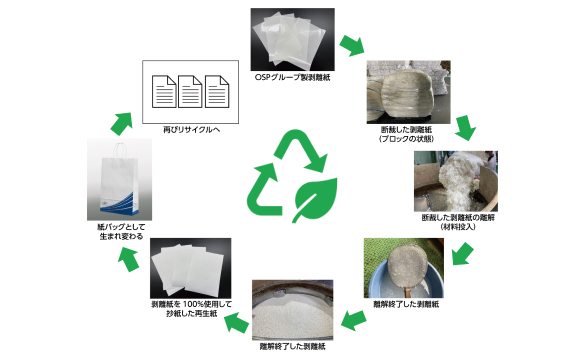
Recycled paper made from release liner (separator)
We have developed a recycled paper made from release liner (separator) generated during manufacturing at our group factories.
Learn more about paper made from recycled release liner (separator)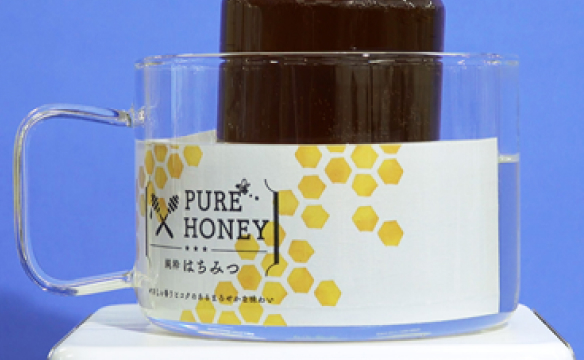
Labels that peel off with alkaline washing
These labels have strong adhesive properties to attach securely, yet they peel off cleanly when exposed to an alkaline solution.
Learn more about labels that peel off with alkaline washing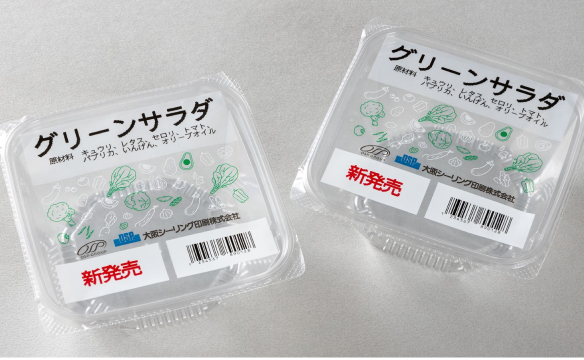
Two-Tone Top Seal Thermal
This is a top seal thermal with black and red thermal ink partially applied.
Learn more about two-tone top seal thermal labels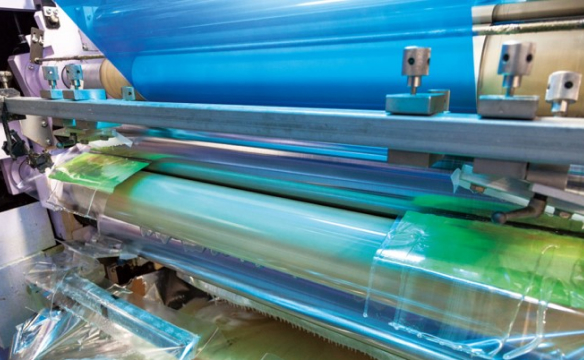
Flexible packaging with water-based gravure printing and solvent-free lamination
Water-based gravure printing using inks with low organic solvent content and solvent-free lamination using adhesives without organic solvents not only reduce environmental impact but also minimize health effects on operators.
Learn more about water-based gravure printing and non-solvent lamination flexible packagingEnvironmental Initiatives
Environmental initiatives
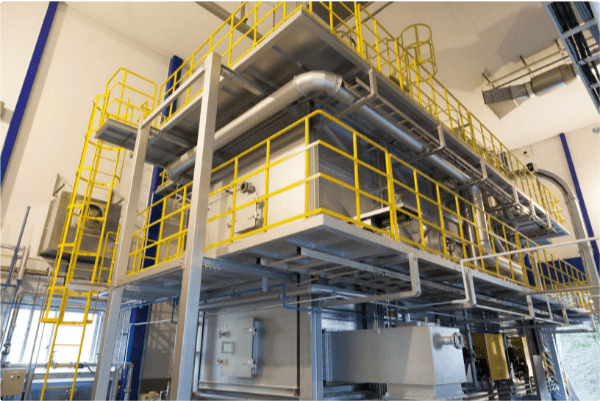
Biomass Boiler
The biomass boiler equipment converts waste generated during the production of stickers into fuel, which can be used as thermal energy within our factory. This equipment helps reduce the use of fossil fuels.
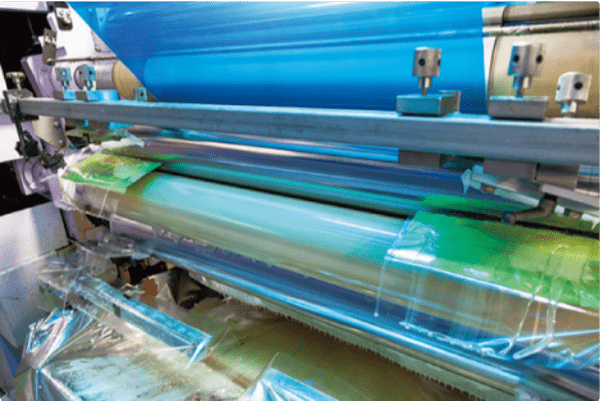
Adoption of Solventless Lamination Processing
At OSP, we are replacing roughly half of our lamination with solvent-free lamination. This will greatly reduce the environmental impact (of CO2/VOC emissions) caused by organic solvents.
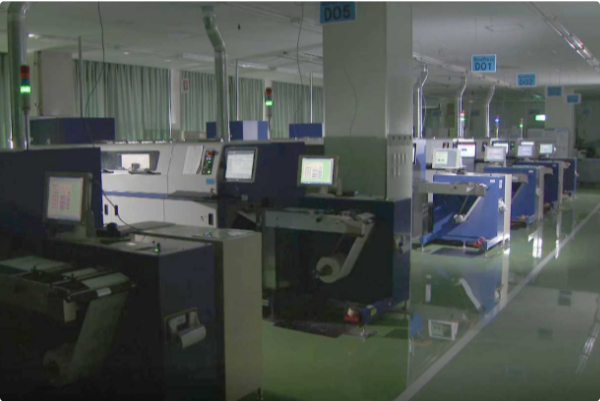
Smart Factory
Plans are in the works for an unmanned factory where AI and IoT systems are linked with POS systems nationwide to monitor the consumption of stickers, labels, and other products in real-time 24/7, and initiate order processing and printing.
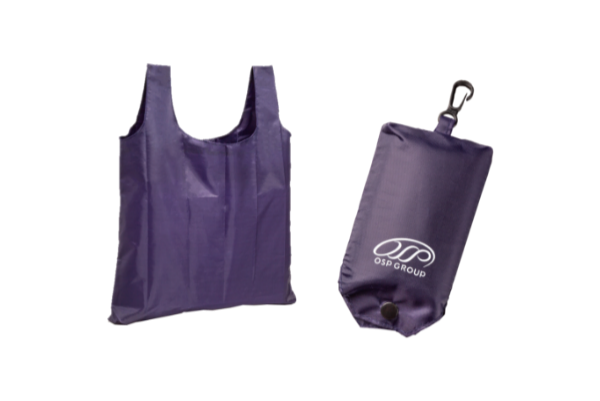
Distribution of Eco-bags
The OSP Group distributed eco-bags to all of our 4,000 employees. This initiative stems from the desire for each employee to consider environmental issues more personally. The OSP Group is committed to creating environmentally friendly products and initiatives.
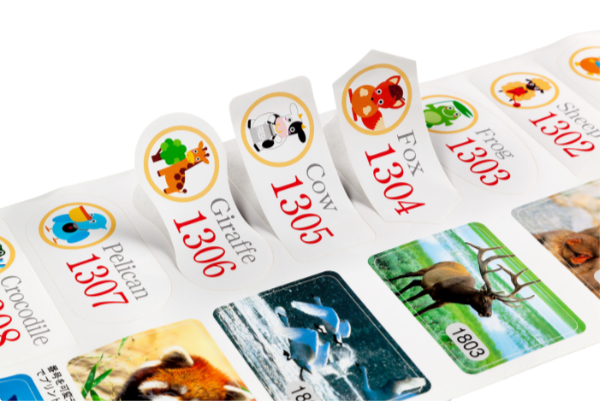
Digital Printing
Digital printing does not require the creation of printing plates and has no printing waste, which helps reduce waste. By using water-based inks, it also achieves reductions in VOC and CO₂ emissions.
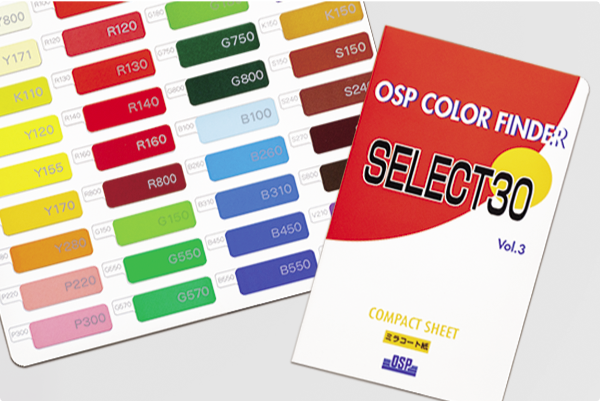
Select 30
By analyzing ordered products and promoting the use of the 30 most frequently used colors, we aim to streamline the color mixing process. We are also working to significantly reduce the amount of organic solvents used for ink cleaning.
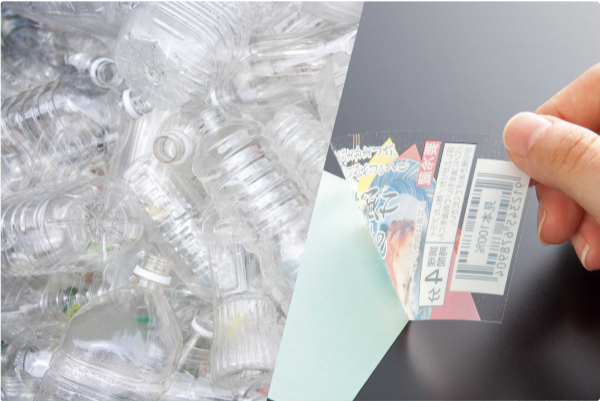
PET Recycling
We promote the recycling of PET bottles by manufacturing labels using PET film that incorporates recycled PET bottles as part of the raw materials.
